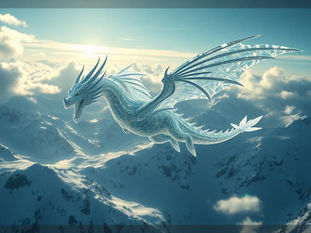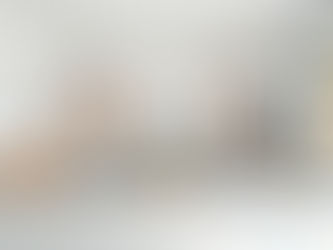
Linking Images in Midjourney: A Guide to Unique Art
Apr 29
4 min read
0
5
0

Want stand-out Midjourney art that doesn't look like everything else? Simple text prompts are a start, but combining images and text opens new doors. This guide shows you a way to link images in your prompts to get truly different results. It's a method some call 'chain prompting,' and it helps create art you might not get otherwise.
What is the Image Linking Method?
Think of it like building on an idea visually. You start by making one image. Then, you take that image and use it as a base for your next creation. This repeats, forming a "chain" where each new image is influenced by the one before it and the text prompt you add.
This process helps Midjourney blend styles and concepts in ways that using only text might not easily achieve. It's less about following strict rules and more about trying things out and seeing what happens.
Building Your First Image Base
Start by generating a strong initial image. You can use a relatively simple prompt for this foundation. For example, you might imagine something like a "glistening alien owl." Adding parameters like `--s 400` can give Midjourney extra creative room when generating the first grid, which can be helpful.
Look at the grid of four images. Pick the one you like best, perhaps one with interesting lighting or color, like the owl example mentioned before. Upscale that one specific image.
Using Your Image as a Prompt Base
Once your base image is upscaled, click on it so it expands fully. Now, copy its image address (URL).
Next, start a new Midjourney prompt by typing `/imagine`. The very first thing you do in the prompt box is paste that image address. This tells Midjourney to use that specific picture as a visual reference for your new creation.
After the image link, add your text prompt. You can start simply, perhaps adding "a sunset in Monaco" or "a medieval castle." Midjourney will then try to combine your text idea with the style, colors, and elements from the image you linked.
Using the owl image and adding "a medieval castle" can give you images where the owl's unique style is blended with the castle, without you needing to describe an "owl standing in front of a castle." The image link helps convey the style you want to see.
Managing multiple image links and trying different text prompts can quickly become work. The Midjourney Automation Suite by TitanXT can help make this experimental method easier by streamlining your prompt management.
Testing Parameters: Stylize and Chaos
After adding your image link and text prompt, you can try adding `--s` (Stylize) and `--c` (Chaos) parameters. They change how Midjourney interprets your request when an image link is the main input.
Stylize (--s)
A higher `--s` value (like `--s 400`) tells Midjourney to be more artistic and less strict about the text prompt. This can result in generations that feel more striking and visually beautiful, sometimes going in unexpected directions based on the image link.
Chaos (--c)
The `--c` parameter adds variety within your initial grid of four images. A low chaos value (like `--c 8`) means the four images will look similar to each other. A higher value (like `--c 40`) will make them look much different from one another. This increases your chances of finding one image that is truly outside the box.
Using S and C Together for Distinct Art
Often, interesting results come from using both parameters together. A common starting point is `--s 400 --c 8`, giving Midjourney creative freedom with some slight variations in the output grid.
But you can push the limits. Using a high `--s` and high `--c` (like `--s 400 --c 40`) can produce images that you might not be able to easily describe with words alone. You might get wild fusions or concepts that are hard to put into a text prompt.
When you find an image from these experiments that you really like, upscale it. Then, take *that* new image and use its link as the base for your *next* experiment in the chain. This is how you build on success and get increasingly unique images.
Adding Detail with Longer Text Prompts
While simple text prompts combined with image links work well, you don't have to stick to just a few words. You can write longer, more specific text after your image link.
Try adding descriptive terms like "wide angle shot," "stock photography," or other details. This can combine the unique style from your image link with a more specific scene or composition. It adds another way to control the outcome and explore new possibilities.
Handling many image links, different text prompts, and parameter variations is a lot to manage manually. The Midjourney Automation Suite by TitanXT can help streamline this advanced method, making your workflow smoother and helping you keep track of your best experiments.
In Summary
The image linking method, or chain prompting, is mostly about experimenting and having fun. There isn't one perfect recipe that works every time for every concept.
The basic steps are: create a base image, use its link in new prompts, and play with the text you add and parameters like stylize and chaos. Use the results you like best as the starting point for your next prompt link.
This method is a great way to create Midjourney images that look different from standard prompts, pushing the boundaries of what is possible.
Ready to enhance your Midjourney creations and explore these advanced techniques more easily? Visit the Midjourney Automation Suite by TitanXT to see how it can power your creative journey.






